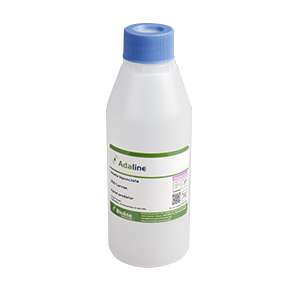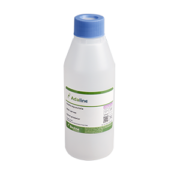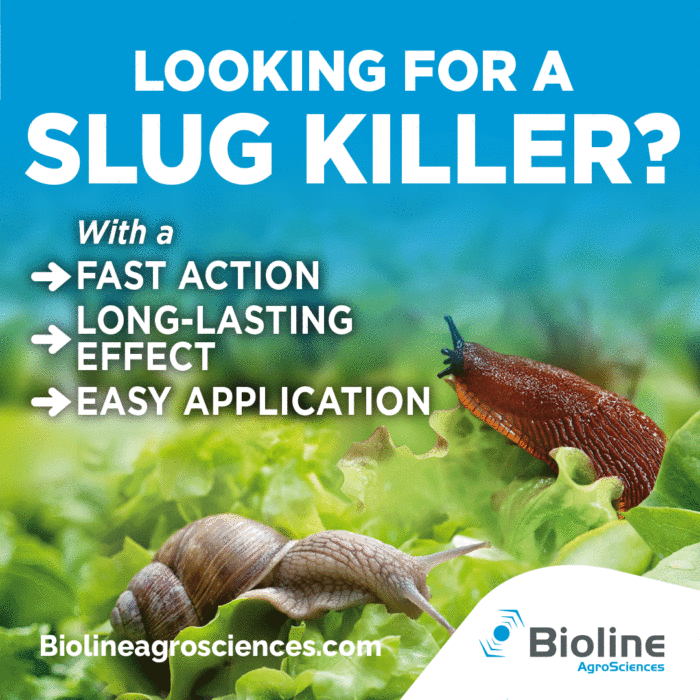Adaline products contain the predatory ladybug, Adalia bipunctata. These products are recommended for treating aphid hotspots because they can give rapid reduction of established aphid colonies. Adults and larvae are both voracious predators of most types of aphid. They combine well with parasites products such as Aphiline, which take longer to give visible control.
Key Features
- Larvae and adults of Adalia will both actively search the plants for the pests.
- Each individual can consume up to 60 aphids a day
- Gives rapid reduction in pest populations
- Active and highly visible in the crop to help monitoring
Main uses
Aphids



